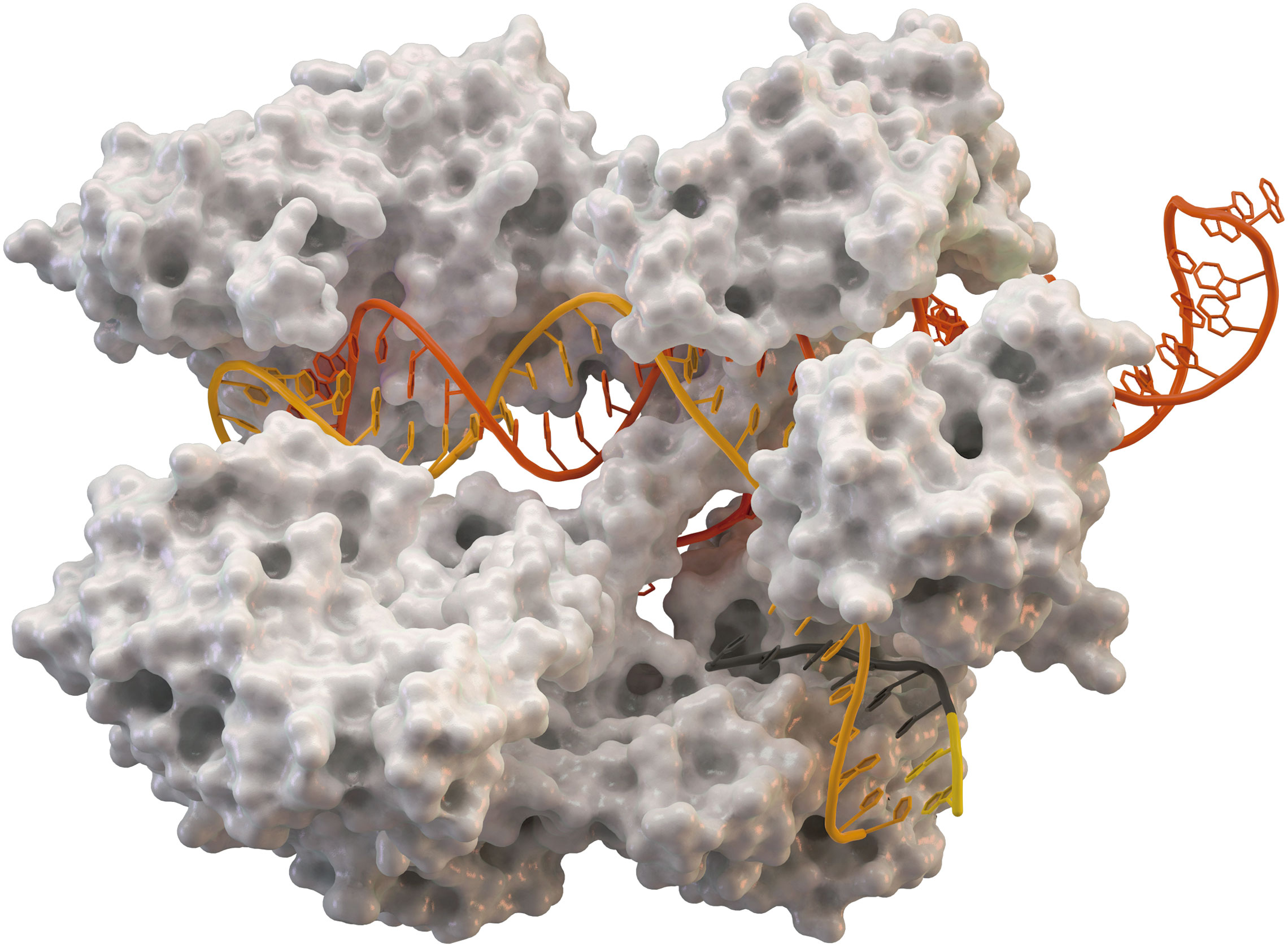The CRISPR-Cas9 gene-editing technique, which has gained prominence in recent years due to its potential for correcting genetic defects, is less accurate than previously thought, according to researchers at the Sanger Institute in the United Kingdom. In tests on human cells and embryonic stem cells from mice, the team examined DNA segments near the region cut by the Cas9 enzyme, looking for potentially undesirable effects. Cas9 acts like a pair of scissors used to cut specific defects from one of the two strands of the DNA molecule. Cell repair mechanisms then replace the deleted segment by substituting desired genes into the hole. Until recently, scientists were only able to analyze the location of the edit or areas far from it, with results suggesting that CRISPR was highly accurate. Using new techniques, Allan Bradley’s team examined DNA near the cut and found that many parts had been removed, rearranged, or inverted (Nature Biotechnology, July 16). This type of alteration can be dangerous and in the long term could cause diseases rather than cure them, warned geneticist Gaetan Burgio, from the National University of Australia, in a paper published in the scientific journal The Conversation. Researchers from the USA and South Korea have previously observed unexpected DNA changes after using CRISPR-Cas9 in rodents (Nature Communications, May 31, 2017). Other experiments, however, have proven successful (reducing hearing loss in mice and fighting tumor cells) and have been encouraging enough to begin human testing. In August, seven clinical trials listed on the clinicaltrials.gov website recruited participants to evaluate use of the technique for editing genes that cause leukemia, lung cancer, and sickle cell anemia. Gene-editing techniques that remove RNA, not DNA, are also being studied as an alternative to CRISPR-Cas9.
RepublishGenetics
The limitations of a genome editing technique

The Cas9 enzyme (in white) works like a pair of chemical scissors that can cut out specific snippets of DNA
Thomas Splettstoesser/Wikimedia Commons